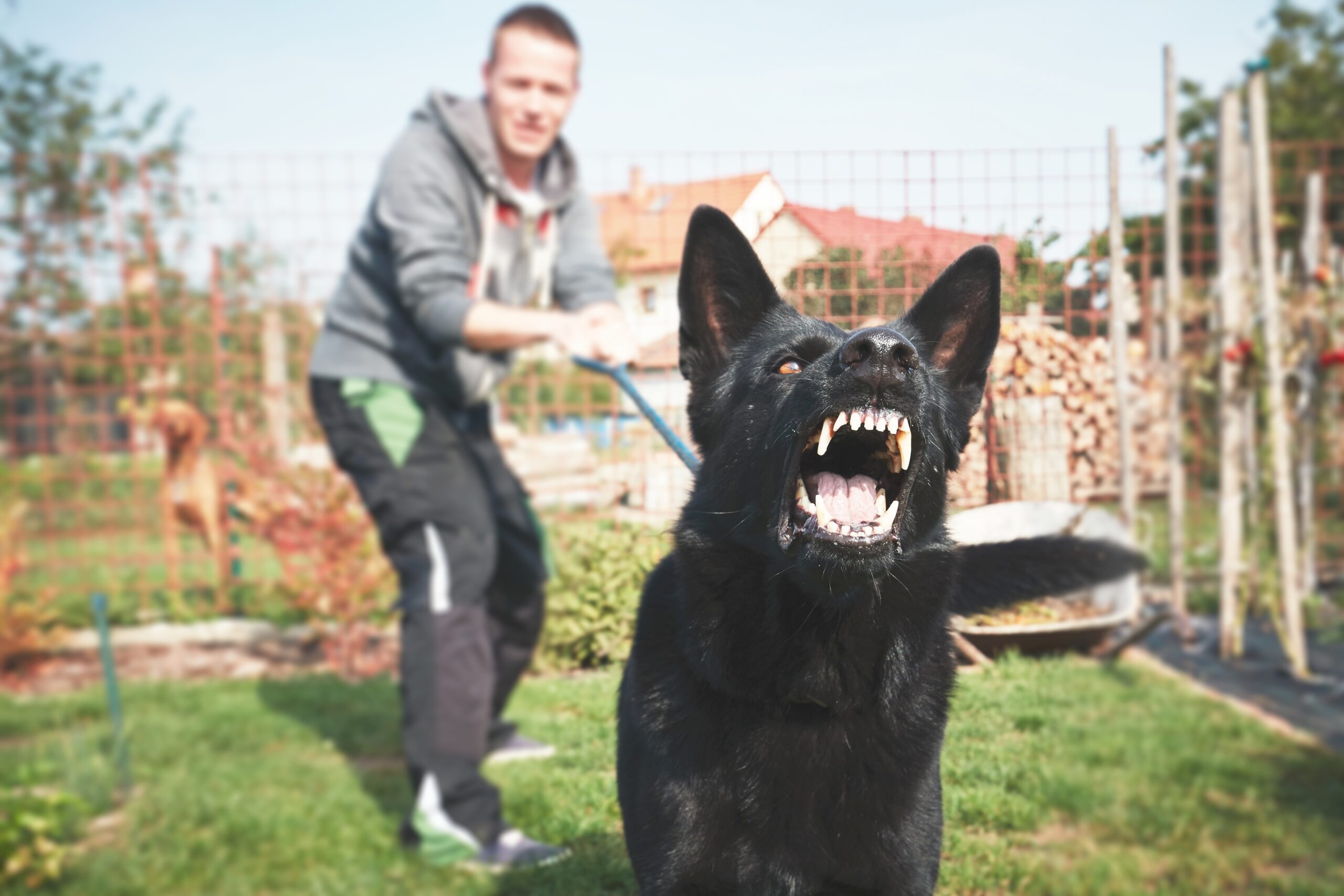Contents of this Post
ToggleDog attacks can be terrifying and traumatic, both for the victim and their family. In the United States alone, about 4.5 million dog bites occur each year, with about 59,000 victims dying from rabies. Whether you’ve been bitten by a neighbor’s pet or encountered an aggressive stray, knowing how to accurately report the incident is crucial for your safety and the well-being of your community. (1)
Proper reporting not only helps you get the support and care you need but also plays a vital role in preventing future attacks. Read on as this guide will walk you through the essential steps to take after a dog attack.
Seek Immediate Medical Attention
If you have been attacked by a dog, the first thing you should do is seek medical attention. Even if your injuries seem minor, it’s important to have them checked out by a doctor. For one, dog bites can lead to infections and, in rare cases, may transmit diseases like rabies. A healthcare professional can properly clean and treat your wounds, reducing the risk of complications.
Locate the Dog and Its Owner
If you can, attempt to identify the dog and its owner. This information will be vital for reporting the incident and filing for legal action. Get the dog owner’s name, address, and contact information. But if the dog owner isn’t present, ask witnesses for any details they can provide about the dog or its owner.
Know Your Legal Rights
Dog bite laws vary by state, but in general, dog owners are liable for injuries their pets cause. Some states have “strict liability” laws, meaning the owner is responsible regardless of whether the dog has shown aggressive behavior in the past. Meanwhile, other states follow a “one bite rule,” which may limit owner liability if it’s the dog’s first offense.
To best navigate the complex aftermath of a dog attack, it’s often helpful to consult with a dog bite injury attorney. These legal professionals can offer invaluable advice on pursuing compensation for your injuries and pain suffered during such incidents, an essential part of understanding your legal rights following a dog attack.
If you decide to pursue a legal claim, you may be entitled to compensation for:
- Medical expenses
- Lost wages
- Pain and suffering
- Property damage
It’s important to understand your rights and options following a dog attack. For example, if you’re in California, a San Diego dog bite lawyer can help you navigate the state’s specific laws and ensure you receive fair compensation. Regardless of your location, consulting with a personal injury attorney experienced in dog bite cases can help you understand your options and the potential value of your claim.
Document the Incident
As soon as you’re able, document everything you can remember about the attack. Write down the date, time, and location of the incident. Describe the dog’s appearance and behavior before and during the attack, including any details about the breed if you can identify it. This information is important, as certain breeds are statistically more likely to be involved in serious attacks.
For instance, data shows that pit bull terriers are responsible for a disproportionate number of incidents (22.5%), often resulting in more severe injuries and displaying a higher likelihood of unprovoked attacks, sometimes even leaving their own property to do so. (2) (3)
If there are any witnesses, get their names and contact information, too. This complete documentation will be invaluable when reporting the attack and filing for personal injury compensation. Remember, accurate breed identification and behavioral details can play a significant role in your case.

Photograph Your Injuries
Take vivid pictures of your injuries as soon as possible after the attack. Pay special attention to capturing images of wounds on your arms and hands, as these areas are often targeted in dog attacks. In fact, recent studies show that 45.3% of all dog bite injuries occur on the upper extremities. (3)
Document the progress of your healing with photos, too. Take pictures from various perspectives to create a thorough record. This visual evidence can be essential if you need to file a claim or pursue legal action.
Report to Animal Control
After you’ve gathered the important details about the attack, report it to your local animal control agency. In most areas, you can find the contact information for animal control on your city or county’s website.
When you report the incident, provide as much detail as possible, including:
- The date, time, and location of the animal attack
- Vivid description of the dog
- The owner’s information (if known)
- Details of your injuries
- Any witness information
Animal control will investigate the dog bite incident and may take action to prevent future attacks, such as requiring the dog to be quarantined or designating it as dangerous.
File a Police Report
In addition to contacting animal control, you should file a police report. This creates an official record of the incident, which can be crucial if you decide to pursue legal action later. Call your local police department’s non-emergency number to file the report. Provide the same detailed information you gave to animal control.
Learn More About Dog Safety
While reporting is crucial after an attack, prevention is always better. Learning to read dog body language can help you avoid potentially dangerous situations. Signs of aggressive dogs include:
- Raised hackles
- Bared teeth
- Growling or snarling
- Stiff body posture
- Direct, intense eye contact
Alarmingly, statistics reveal that children are the most common victims of dog bites, with those aged 5 to 9 at the highest risk. So, educate children about how to safely interact with dangerous dogs, including always asking permission before petting a dog and never approaching unfamiliar dogs without adult supervision. (4)
Key Takeaway
Being the victim of a dog attack can be a traumatic experience. If you have been attacked by a dog, it’s important to seek medical attention, report the incident to the police, and consult with a lawyer if you have been injured. With these steps, you can protect yourself and help prevent future attacks.
References:
- “Animal Bites”, Source: https://www.who.int/news-room/fact-sheets/detail/animal-bites
- “Dog-Bite Injuries to the Craniofacial Region: An Epidemiologic and Pattern-of-Injury Review at a Level 1 Trauma Center”, Source: https://www.sciencedirect.com/science/article/abs/pii/S0278239119312595
- “Dog Attack Statistics By Breed 2024”, Source: https://www.forbes.com/advisor/legal/dog-attack-statistics-breed/
- “Pediatric Dog Bite Injuries: A 5-Year Nationwide Study and Implications of the COVID-19 Pandemic”, Source: https://www.ncbi.nlm.nih.gov/pmc/articles/PMC9275798/

